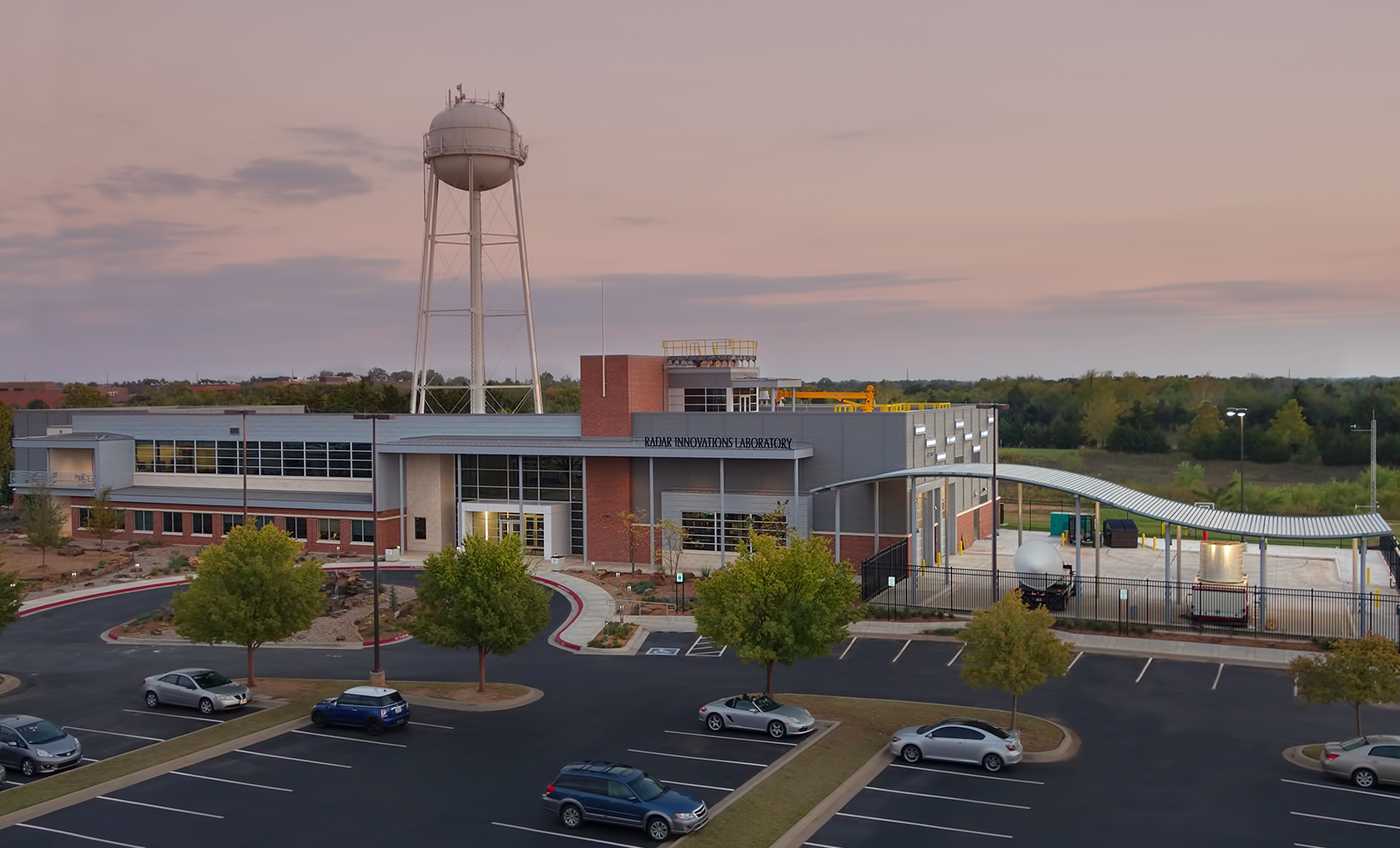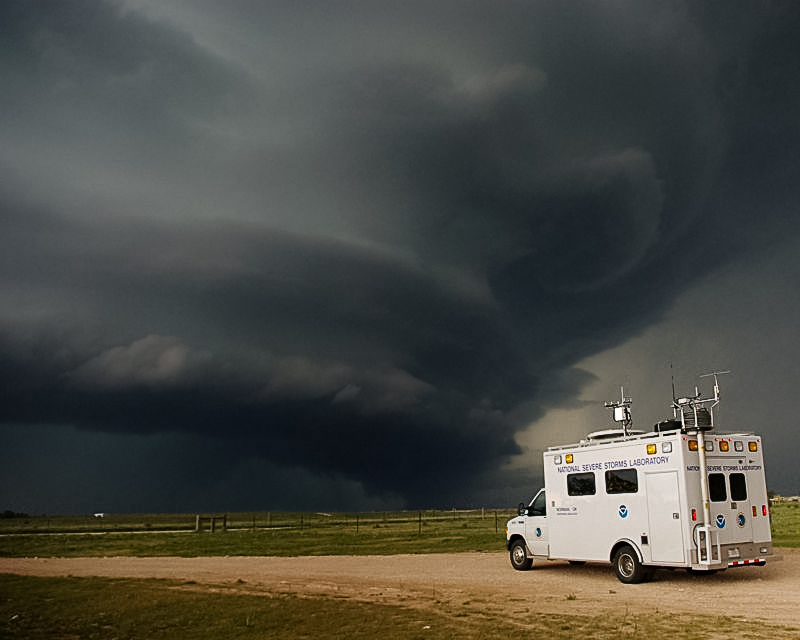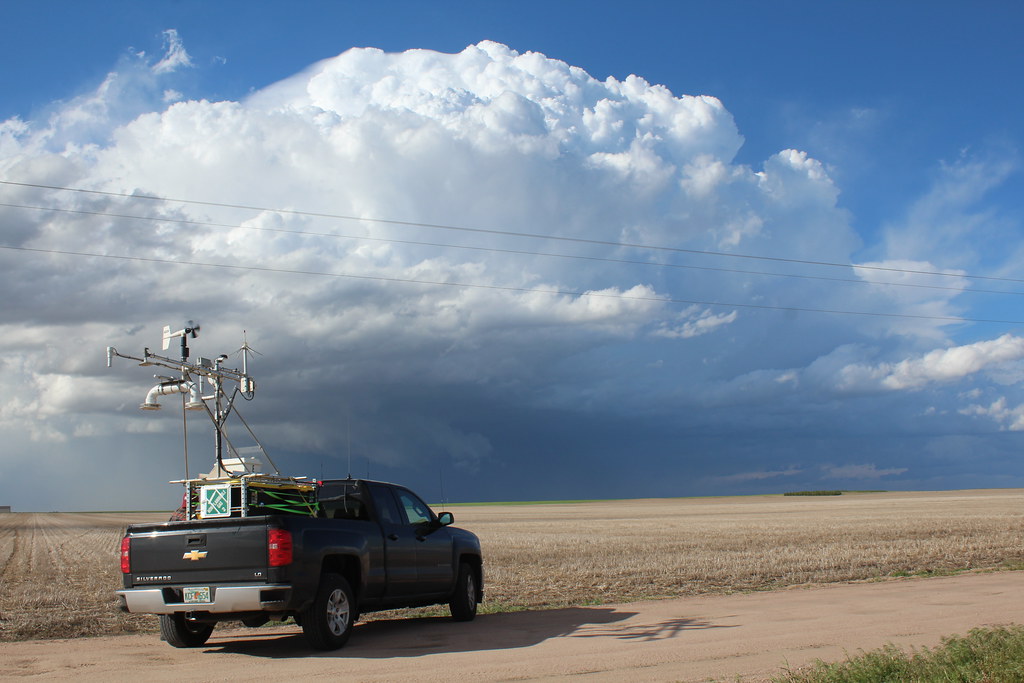
The University of Oklahoma has been named by the National Oceanic and Atmospheric Administration to host the agency’s Cooperative Institute for Severe and High-Impact Weather Research and Operations.
The selection comes with an award of up to $208 million over the course of five years, with the potential for renewal for another five years based on successful performance. The House Science, Space, and Technology Committee has authorized NOAA to deliver these awards to cooperative institutes and research institutions to promote student and postdoctoral science involvement in NOAA-funded research.
“We are pleased to announce that the University of Oklahoma will host our new Cooperative Institute for Severe and High-Impact Weather Research and Operations,” said Craig McLean, assistant NOAA administrator for Oceanic and Atmospheric Research. “This institute will help NOAA achieve our mission to better understand and predict weather in order to save lives and protect property.”
The mission of this cooperative institute is to promote collaborative research with NOAA on research to improve the understanding of severe and high-impact weather and to help produce better forecasts and warnings that save lives and property.

The new cooperative institute will continue to address some of the major research themes that have been the focus of NOAA’s previous cooperative institute hosted by the University of Oklahoma, the Cooperative Institute for Mesoscale Meteorological Studies (CIMMS), as well as expand to include new research areas and collaborating institutions.
The five research themes include: 1) Weather radar and observations research and development; 2) Mesoscale and stormscale modeling research and development; 3) Forecast applications improvements research and development; 4) Subseasonal- to-seasonal (S2S) prediction for extreme weather events; and 5) Social and socioeconomic impacts of high impact weather systems.
CISHIWRO, led by the University of Oklahoma, will be comprised of a consortium of graduate degree-granting institutions. These institutions include Howard University, The Pennsylvania State University, Texas Tech University, and University at Albany.
NOAA supports 20 cooperative institutes consisting of 70 universities and research institutions in 28 states and the District of Columbia. These research institutions provide strong educational programs that promote student and postdoctoral scientist involvement in NOAA-funded research.
Members of the state’s congressional delegation applauded the announcement.
“I am proud to hear that the University of Oklahoma will host the National Oceanic and Atmospheric Administration’s new severe and high-impact weather research institute,” said Congressman Frank Lucas, Ranking Member of the House Committee on Science, Space, and Technology. “As Ranking Member of the House Science, Space, and Technology Committee, I’m proud to see this research funding going to an institution who has a long history of helping NOAA achieve its mission, and I look forward to visiting and learning about the new cooperative institute soon.”
Rep. Tom Cole offered his support for the decision, adding, “Certainly, the results of research efforts could pave the way for producing more accurate forecasts and warnings in the future, which would not only benefit Oklahomans – who know to expect severe weather – but all Americans in response to weather patterns.”
“The NOAA made the right selection in choosing OU for this new weather institute,” Sen. Jim Inhofe said. “OU has been dedicated to advancing our nation’s understanding of weather for decades.”
“OU continues to receive national recognition for their work in early detection, tracking, forecasting, and research in high-risk weather,” said Sen. James Lankford. “Their selection to host this Cooperative Institute with the National Oceanic and Atmospheric Administration will build on their already stellar reputation as a research university and help ensure Oklahoma continues to mold the nation’s and the world’s next generation of leaders in weather-related sciences and engineering.”
Source: press release









